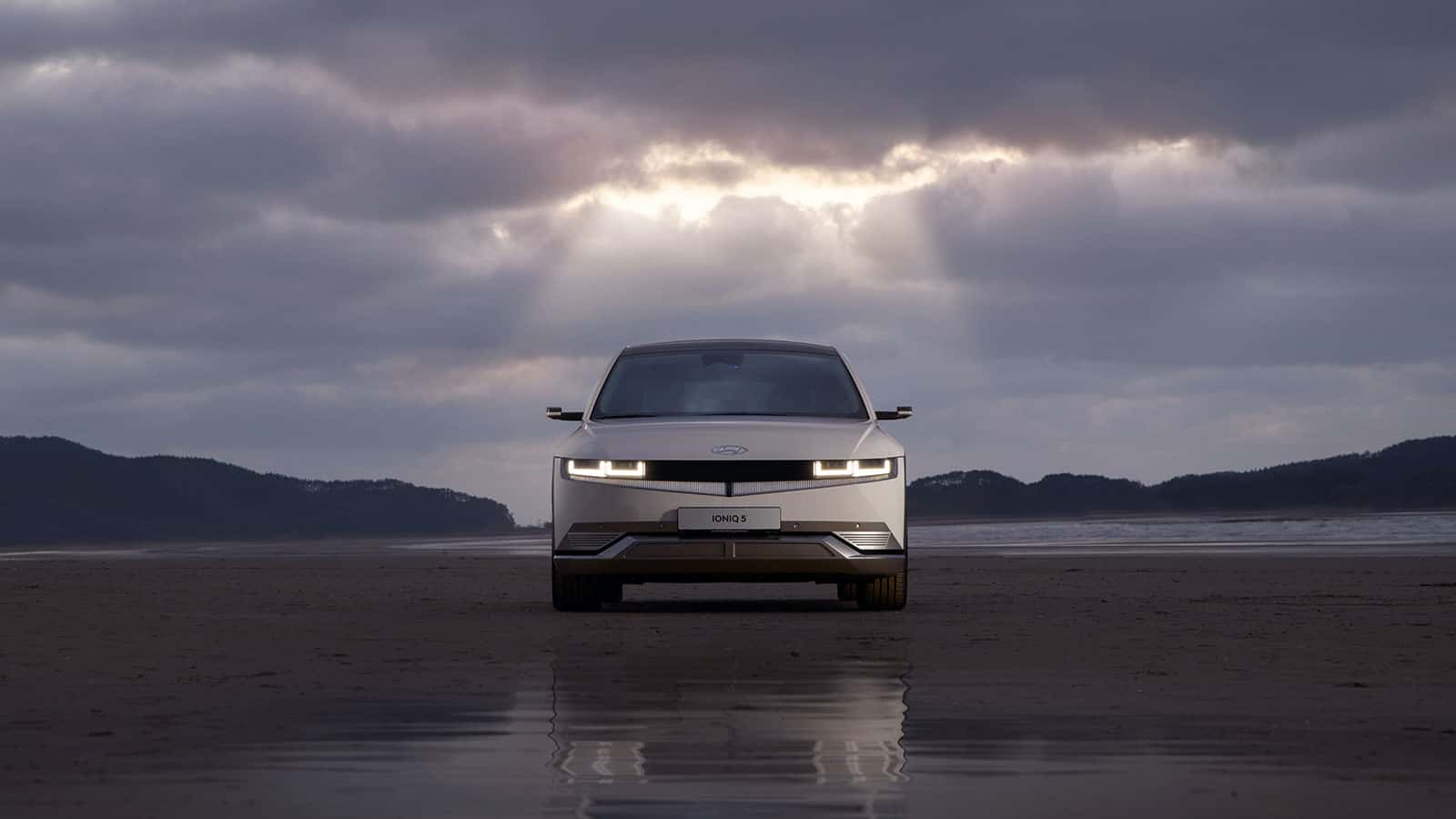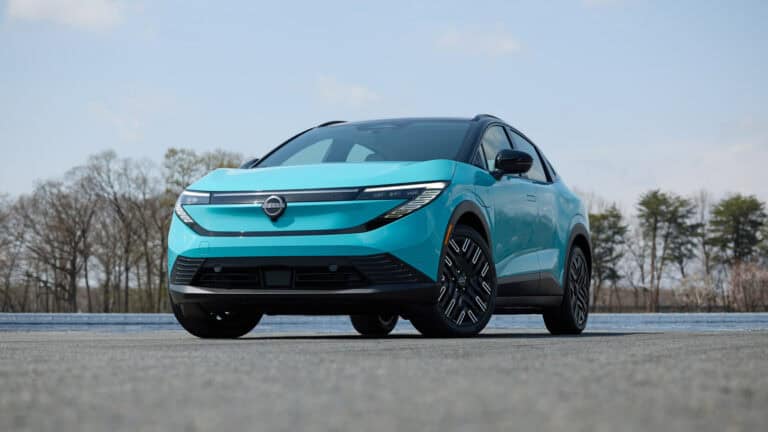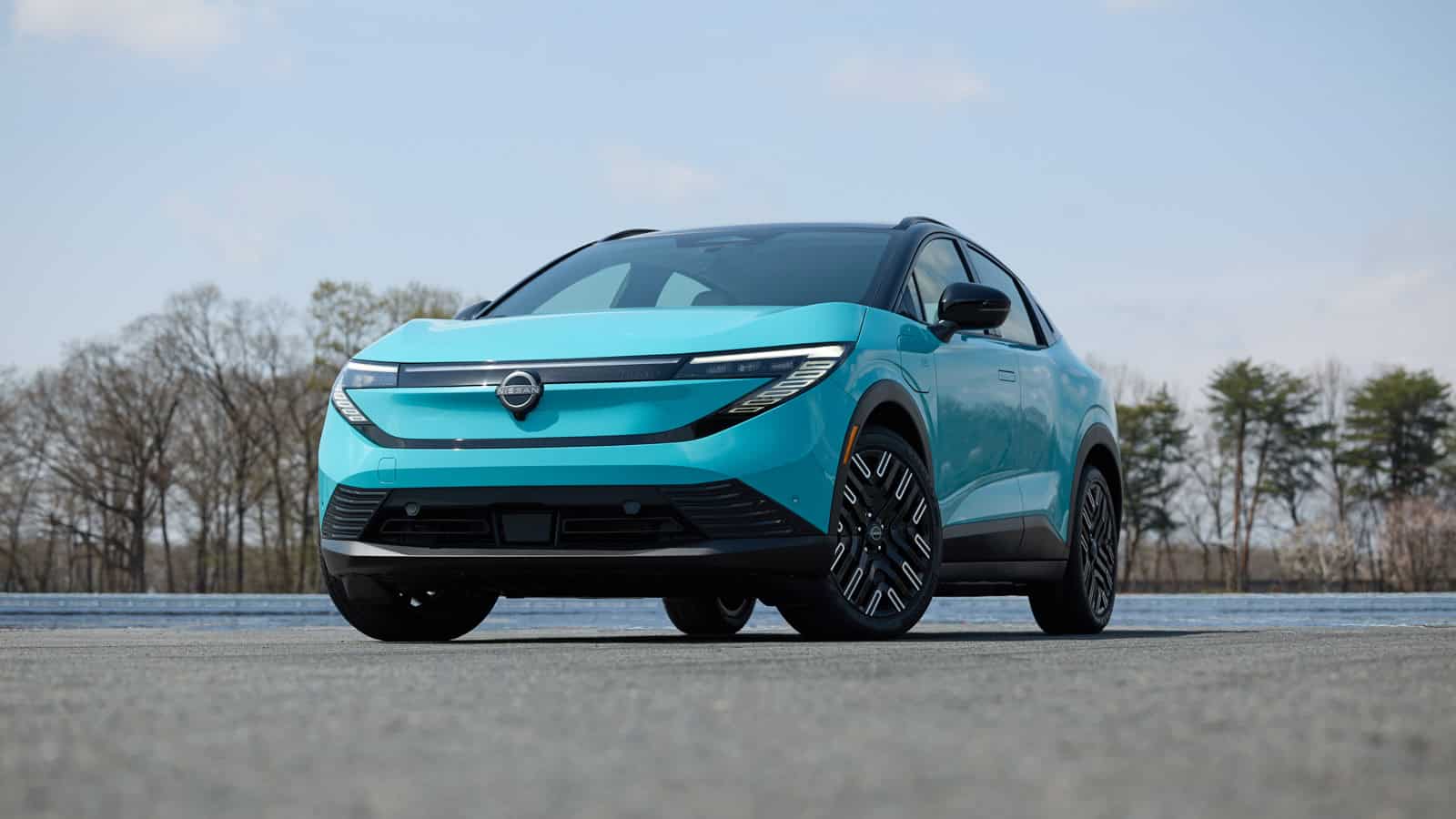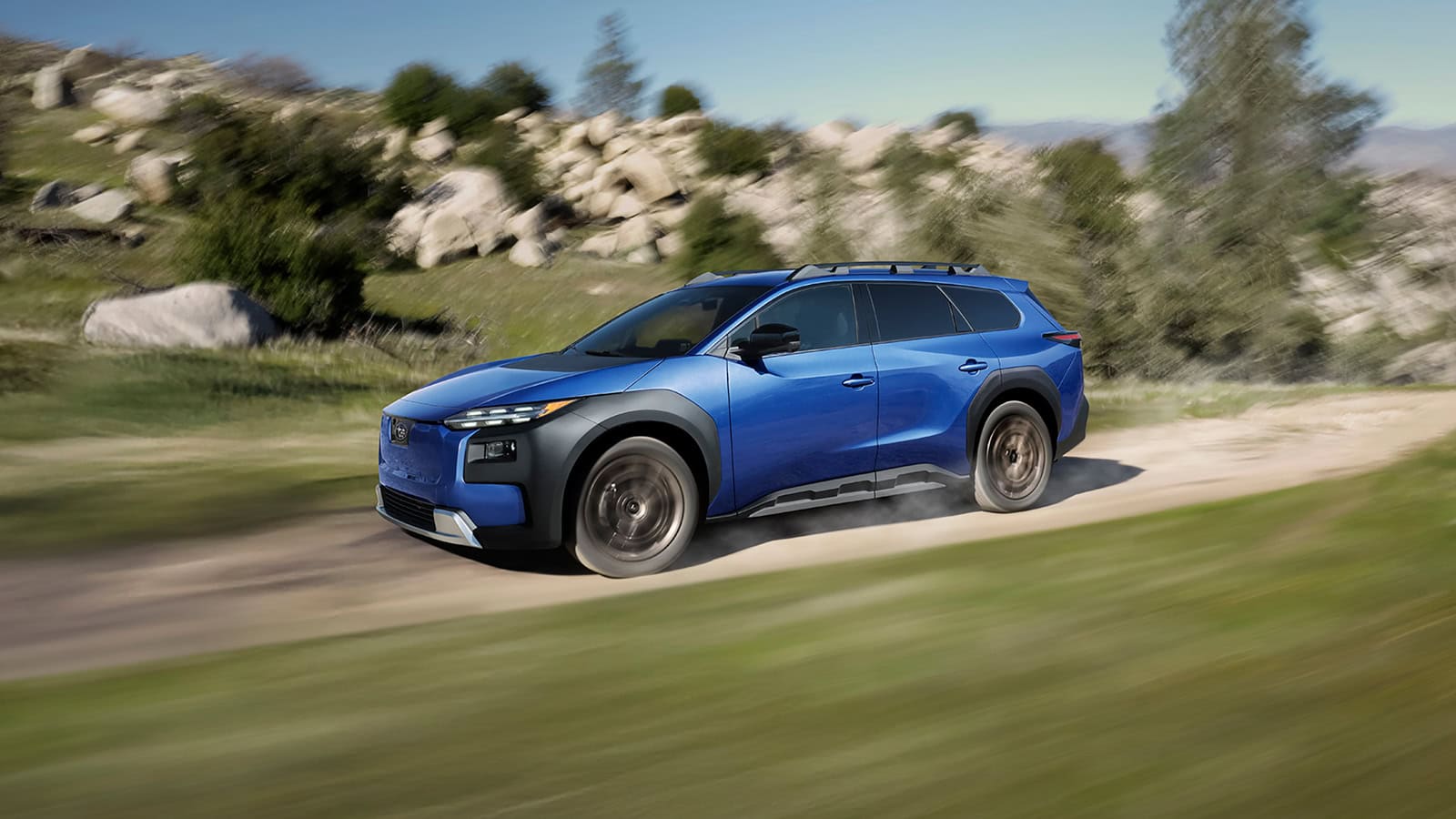- There are now officially more models of fully electric cars for sale than there are plug-in hybrid cars.
- EVs are overall a hotter commodity, as EVs accounted for about 6% of the US market by the end of 2022, while PHEVs accounted for just over 1%.
- The number of PHEV models for sale dropped slightly, and PHEVs may be facing a reckoning for lack of energy performance.
For the first time since 2014, the number of EV car models has surpassed the amount of plug-in hybrid vehicle models for sale. While PHEVs might be looked at by some as a nice bridge between ICE and EV cars, it appears more manufacturers want to take the plunge into full EVs. With the continued push for full electrification, we may continue to see EVs outsell PHEVs.
How Many More EV Models Are There?
The U.S. Department of Energy (DOE) recently found that the number of distinct EV models on the market surpassed the number of PHEV models for the first time since 2014. In the 2022 model year, there were 38 distinct models of fully electric vehicles compared to 33 for PHEV models. Furthermore, the number of PHEV models went down a little in 2022 compared to the previous year.
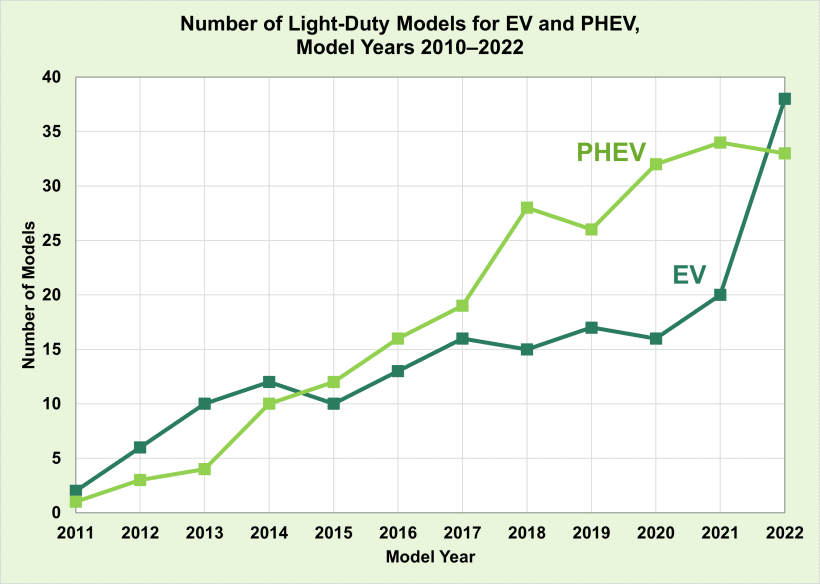
The DOE noted that it counted each model name just once for the sake of this study, even though there may be multiple configurations available for some models.
By sales, EVs have been far ahead of PHEVs since around 2018, with EVs accounting for about 6% of the US market by the end of 2022. Meanwhile, PHEVs accounted for just over 1%.
How Did This Happen?
Proposed EPA pollution rules would bring federal emissions standards closer to California’s, and the state is looking to end sales of ICE vehicles by 2035. This could still leave some room for PHEVs that meet certain targets for emissions and electric range.
However, the number of PHEV options offered by automakers is not increasing. Plus, there’s a bit of controversy over the real-world effectiveness of PHEVs and how much owners actually plug them in. Tests commissioned by the European environmental group T&E found that some PHEVs emitted several times their official CO2 ratings in real-world use, with gasoline modes more frequently switching on than automakers suggest.
In addition, this slight stagnation of the PHEV market may be due to how the specifications haven’t grown with expectations. While some PHEVs are quicker than their gasoline counterparts, they don’t always provide the electric experience owners may really be looking for.
Who’s Still Making PHEVs?
Despite these concerns, some automakers are pushing ahead with PHEVs. Volvo is increasing its PHEV offerings as it ramps up its EV production. Toyota plans to push PHEV electric range to 125 miles and beyond, and Volkswagen has mentioned PHEVs as a possibility for the U.S. market for the first time since the diesel scandal.
Overall, the future of PHEVs remains unclear. We’ll have to wait til the next year pans out to see if we’ll still see EVs outsell PHEVs or if this was just a blip.

SOURCE | IMAGES: GREENCARREPORTS, EPA, ENERGY.GOV | HYUNDAI
FTC: We use income-earning auto affiliate links. Learn more.


